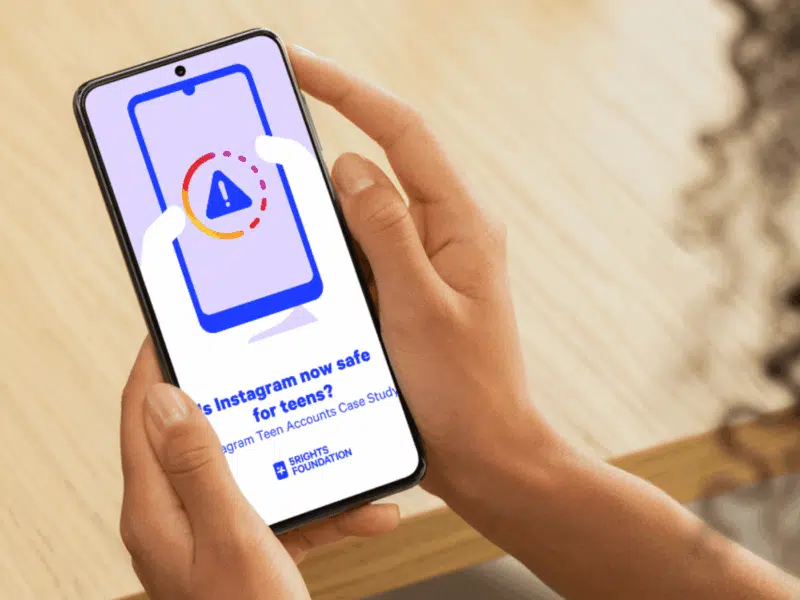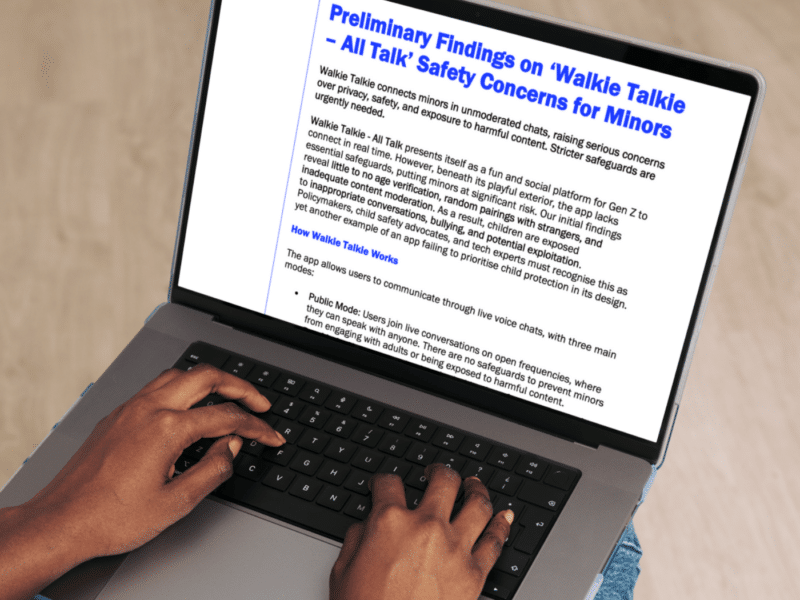
Preliminary findings on ‘Walkie Talkie – All talk’ safety concerns for minors
5Rights preliminary findings show major safety concerns with the Walkie Talkie – All Talk app that could be putting children in danger.
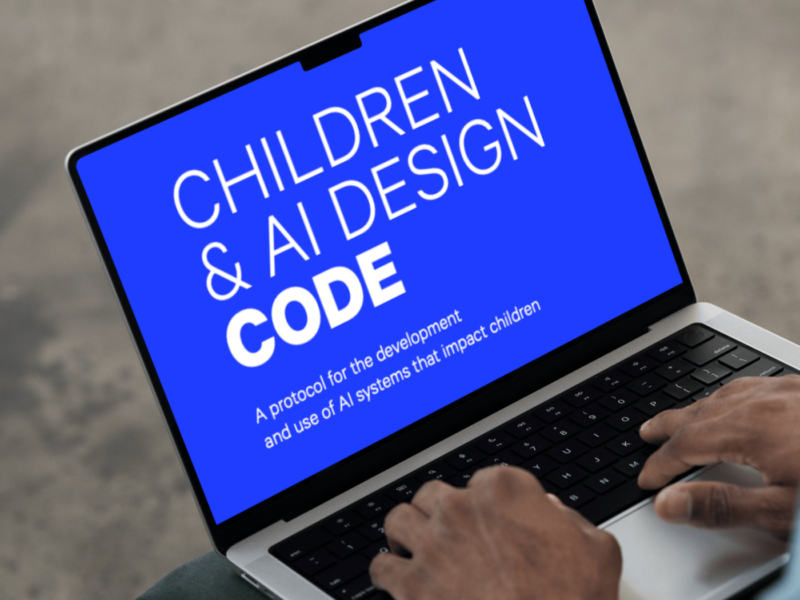
Children & AI Design Code
The rapid rise of AI cannot be left unchecked. That is why we’ve created an actionable and practical framework to embed children’s rights and needs across the lifecycle of AI systems.
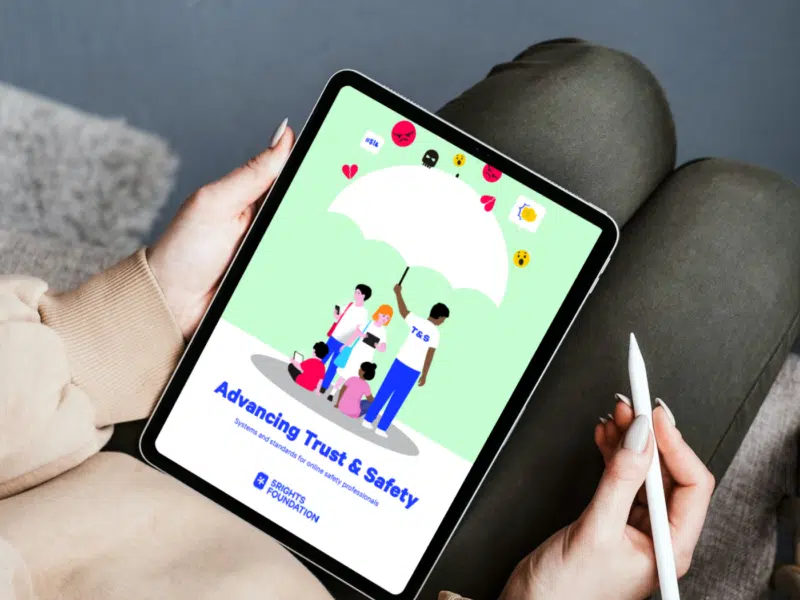
Advancing Trust & Safety: systems and standards for online safety professionals
“Advancing Trust & Safety” explores the evolution of T&S into a global profession, highlighting systemic barriers and proposing solutions to empower professionals and improve digital safety.

Guiding principles for addressing technology-facilitated child sexual exploitation and abuse
The latest report from the Digital Futures for Children centre provides six principles to complement our understanding and interventions on tackling technology-facilitated child sexual exploitation and abuse.
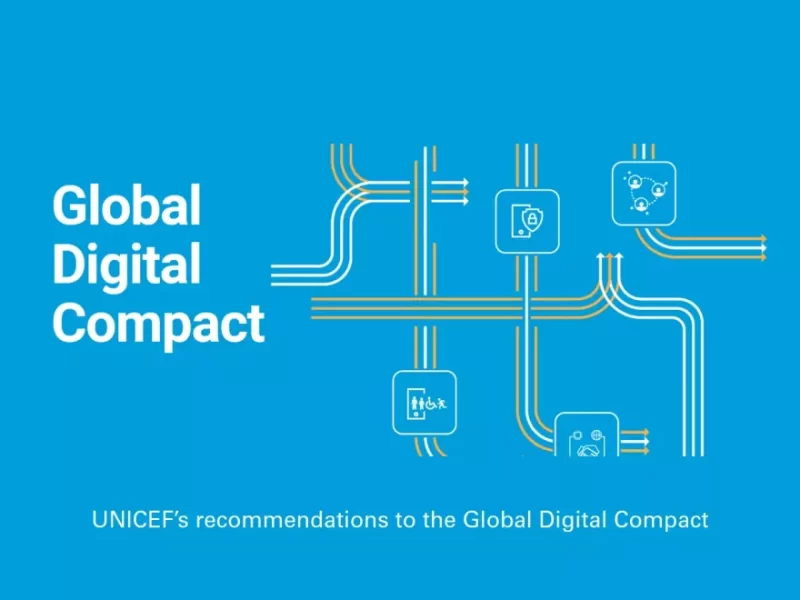
Global Digital Compact
The Global Digital Compact was adopted at the UN Summit of the Future, aimed at securing a better digital future for all, grounded in human rights. 5Rights welcomes the positive incorporation of our recommendations.

Report on Governing AI for Humanity
The High-level Advisory Body on Artificial Intelligence (AI) has published it’s final report, ‘Governing AI for Humanity’ to identify how to manage the benefits and challenges of AI, which includes important reference to children.

Smartphone policies in schools: what does the evidence say?
Smartphones and their addictive design techniques have sparked concern that they inhibit children’s schooling, but with EdTech offering new learning opportunities, what does the evidence tell us?

Expert briefing: Children’s Rights and the UN Global Digital Compact
Professor Sonia Livingstone and Dr Kim R. Sylwander, both part of the joint 5Rights-LSE Digital Futures for Children research centre, cover how we can ensure the Global Digital Compact effectively recognises the full range of children’s rights.

August Statement on Global Digital Compact Informal Consultation
5Rights’ latest call for a Global Digital Compact that prioritises the promotion, protection and implementation of children’s rights in the digital environment on behalf of a group of organisations.


